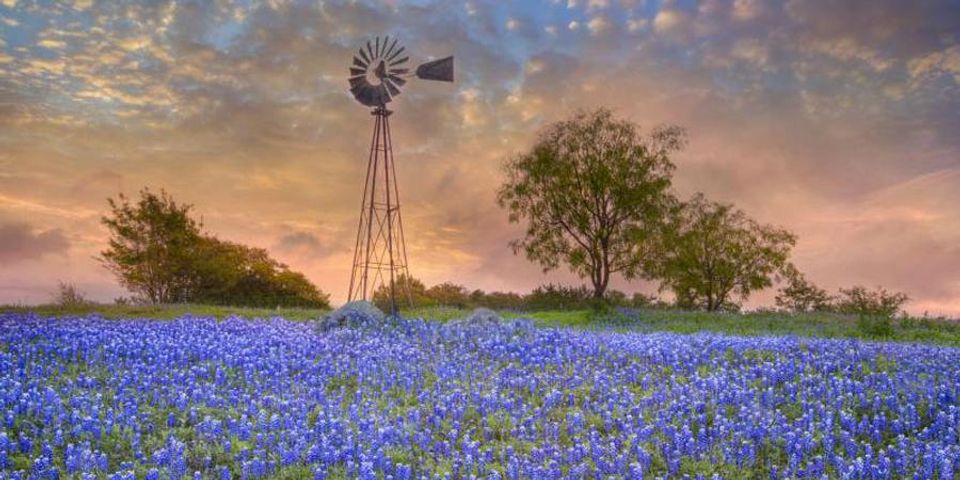March 2019 Newsletter

IGR Fly Control: Starts Now
March 1st is the date to start IGR fly control through Wind & Rain Mineral. Our last newsletter outlined the life cycle of the fly and showed that getting IGR into the manure in March is most effective. Remember that it is available in the bag loose form and also in mineral tubs. IGR needs to be a part of your total fly control program. More information will be presented at the BBA meeting on March 26th.
BBA 2.3 Meeting
Our last BBA seminar of this season is scheduled for Tuesday, March 26, 2019 at the Clifton Civic Center. The meeting will begin at 6:00 p. m. with an evening meal included. We will have several great speakers that will address the mineral needs of cattle and how we can enhance breeding performance. We will also announce our spring truckload mineral deal during the meeting. A flying drone will also be given away in a drawing at the meeting. Please RSVP so that we can plan for enough food.
Hay Grazer Seed Has Arrived
Clifton Feed will offer two different hay seeds this spring. The first is the regular 3-way Sudan Sorghum cross that many have planted in the past. The seeding rate for good hay is usually 75-80 lbs per acre. Ranchers should try to harvest this 3-way cross before it heads out for the best quality hay. It is capable of good re-growth with another dose of fertilizer.
The second seed that we will offer is called Trudan Headless by Sorghum Partners. It is an exceptional hybrid Sudan grass for most summer forage needs, including hay, haylage, and grazing. Trudan Headless is finer stemmed and leafier than Sorghum crosses and re-growth is fast after cutting or grazing. It is photo period sensitive (headless) which gives us an extended harvest window. Being fine stemmed and very leafy, it will produce hay that is higher in protein and TDN. It has a seeding rate of 25-30 lbs per acre. The seed cost per acre will also be less than other hay grazer varieties. Come by the store and we can discuss it in more detail.
Feed Horses to Their Caloric Needs
Horses are very much like people when it comes to energy needs. Their calories (energy) needed is based on their activity level. The different categories of activity are listed on the right. Horse owners must match the feeding rate and energy level of their horse feed with the activity level of the horse. Economy priced horse feeds usually have a lower energy level, hence one has to feed more of it to get the energy required. An example of proper feeding rate using Purina Strategy is listed below.
(The feeding rates listed are based on the horse also getting pasture or hay at the rate of 10# per head per day.)
| Activity | Horse Weight | Pounds/Hd/Day |
| Active Pleasure | 1000# | 5# |
| Pregnant Mare | 1000# | 7# |
| Moderate Work | 1000# | 10# |
| Breeding Stallion | 1000# | 10# |
| Growing Yearling | 600# | 6# |
There are complete horse feeds available that do not require hay. Omolene 400 is an example of that and can also be fed with hay at a reduced rate.
Other Factors that contribute to the number of calories your horse needs on a daily basis:
· Active Pleasure/Maintenance
· Breeding
· Growing
· Performance
· Senior
· Unique Needs
We have just right feed for your horse!
Come by the store and we can
discuss your options!
About the Business
Have a question? Ask the experts!
Send your question

